Kaylin McFarren interviews her character, Shinzo Yamada
Kaylin McFarren: “Hello everyone! Today I’m interviewing Shinzo Yamada, one of the main characters from my latest novel Buried Threads. This handsome gentleman is a Buddhist monk who has a remarkable gift of prophesy. He travels the world freeing trapped souls and can see into the past lives of people he meets. This non-traditional monk is 29-years-old, has a tan complexion and trendy haircut and wears stylist European suits. He is definitely a “metro sexual man” by Tokyo standards, at least according to a recent New York Times article I read. So tell me, Shinzo, are you happy with how you were portrayed in Buried Threads?”
Shinzo: “We all have parts to play in this world. Some of us are leaders, others are followers and some prefer to sit back and simply watch the world go round. As for myself, I do whatever I can to help the lost find a path to enlightenment and to realize their true potential and purpose in life. Although I would have been happier assisting your readers in finding peace and contentment, my preoccupation with preventing a natural disaster in Japan was most apparent in your book. So in answer to your question, under the circumstances, I would have to say you did a fine job.”
Kaylin: “As I’ve indicated in your introduction, you have the ability the visualize past lives. How did you acquire this ability, how do these visions come to you and how does the past impact our personalities?”
Shinzo: “I believe I was actually born with this gift, but with training and the guidance of my superior, who is a direct descendant of Moses, I’ve learned how to control it and use it in a positive way. When I close my eyes and put myself into a meditative state, I can telepathically transport myself into the inner consciousness of the person I’m with and visualize the soul’s memories of past-life activities. Of course, their memories of past-life actions influence how they react to others. Through the same eyes that the personality sees life, the soul sees it, but the soul looks with a memory covering centuries of passion and adventure, caring and love, hatred and revenge, doubt and fear. When we feel a seemingly unfounded fondness for another person, it is very likely due to soul memory of the positive role he or she played in our past lives. On the other hand, when we react with what seems to be an unfounded revulsion or hatred towards another person, you can be pretty sure it is because the soul recalls their past actions against us or our loved ones.
However, the influences of past-life actions are rarely so clear cut. Often those with whom we have had many good lives and relationships are the same people with whom we have had many problems and disagreements, a mix of “good” and “bad karma,” so to speak. In fact, it’s rare that a past-life relationship has every aspect of life in good, clear focus. Those positive, well-developed aspects from our past lives will give us much pleasure and support in the present. Conversely, those aspects, which we did not have in proper focus, will give us opportunities for pain and growth in present relationships. Avoiding these influences is simply not possible. Whether we like it or not, the Universal Law of Karma constantly brings before each of us the meeting of our past use of free will and consciousness. Thus, what we have done to other souls and they have done to us is reflected in the circumstances surrounding our present relationships and the basic, innate urges, attitudes and emotions we feel toward each other.”
Kaylin: “Hmmm…I see where you’re going with this. But since my readers are not able to meet with you, can they personally acquire this ability on some level?”
Shinzo: “A past life meditation is an exercise you can do on your own, although it may take some practice and more than a couple of attempts to get anywhere. In a past life meditation, the Seeker uses meditation techniques to travel back to previous lifetimes. You can achieve this by allowing your mind to wander back through your current lifetime, to earlier memories, and then telling your mind to go back to an earlier period. Although this doesn’t always work for everyone, you may find yourself experiencing memories from what seems to be another lifetime.”
Kaylin: “Fascinating. I’m sure everyone will be trying this tonight. So going in another direction, were you able to win the affections of Mariko Abe, the beautiful geisha you fell in love with in Buried Threads?”
Shinzo: “Ah…I’m sorry, Kaylin-san. I’m not a fan of spoilers and would hate to ruin the fun, so I suggest having your audience investigate themselves by reading Buried Threads, since the answer is buried inside.”
Kaylin: “Thank you, Shinzo, and my thanks and best regards to readers who are sure to experience a wild, fun ride in this new steamy, non-stop action story.”
About the book, Buried Threads
Rachel’s mouth sagged. “You mean you’re really a monk? But how’s that possible? You’re not even wearing a robe, and your hair…”
He simply smiled.
A disturbing prophecy sends a treasure hunting duo on an urgent race to rescue a country in Kaylin McFarren’s heart pounding new novel, Buried Threads. Full of erotic suspense and wild adventures, this is one trip that readers will never forget!
Rachel Lyons and Chase Cohen work together as the successful owners of a treasure hunting company. But a seemingly simply assignment – to track down a priceless gem that is believed to buried in a shipwreck deep within the Sea of Japan – takes a starling, and dangerous, turn.
Faced with a monk’s dark prophecy that a natural disaster will soon strike Japan, killing millions, Rachel and Chase must embark on the mission of a lifetime in order to uncover the three cursed samurai swords that can avert the catastrophe.
Chaos ensues as their adventure takes them from shark infested waters and creepy caves to haunted hidden tombs and a confrontation with Yakuza gang members.
Time is running out as the prophecy’s day of reckoning draws near. Will Rachel and Chase succeed before disaster strikes?
Buy a copy from Amazon.
Watch the Trailer on YouTube
About the author, Kayin McFarren
Kaylin McFarren is a California native who has enjoyed traveling around the world. She previously worked as director for a fine art gallery, where she helped foster the careers of various artists before feeling the urge to satisfy her won creative impulses.
Since launching her writing career, McFarren has earned more than a dozen literary awards in addition to a finalist spot in the 2008 RWA Golden Heart Contest. A member of RWA, Rose City Romance Writers, and Willamette Writers, she also lends her participation and support to various charitable and educational organizations in the Pacific Northwest.
McFarren currently lives with her husband in Oregon. They have three children and two grandchildren.
Connect with Kaylin:
Website: KaylinMcFarren.com
Facebook: Kaylin.McFarren
Twitter: @4Kaylin
Goodreads: Kaylin_McFarren
Pump Up Your Book and Kaylin McFarren are giving away a $100 Amazon Gift Card/Paypal Cash!
Terms & Conditions:
- By entering the giveaway, you are confirming you are at least 18 years old.
- One winner will be chosen via Rafflecopter to receive one Amazon Gift Card or Paypal Cash.
- This giveaway begins October 7 and ends December 31.
- Winners will be contacted via email on Monday, January 3, 2013.
- Winner has 48 hours to reply.
- Only U.S. citizens can win the Kindle Fire.
Good luck everyone!

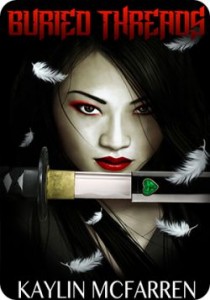
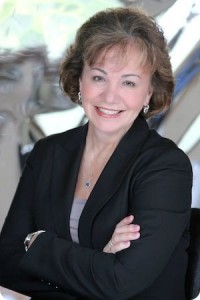
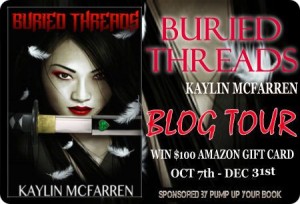
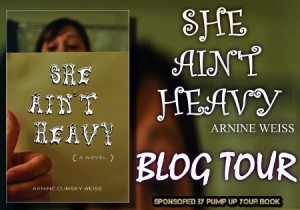
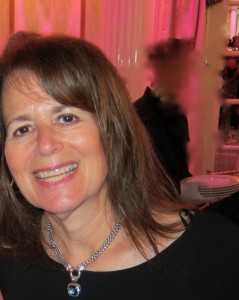
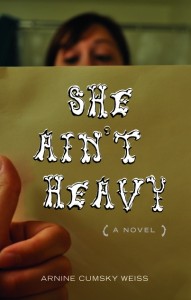
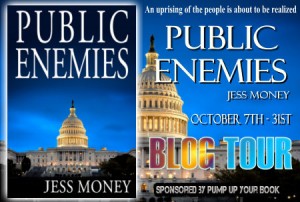

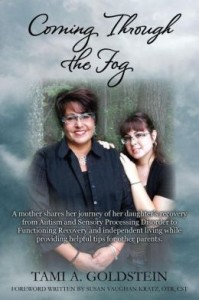
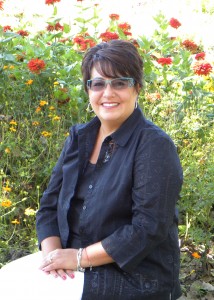
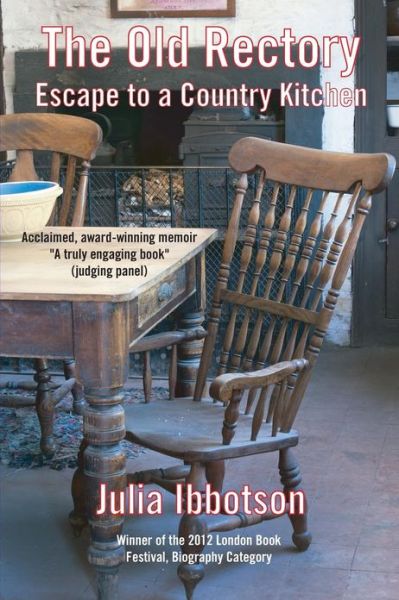

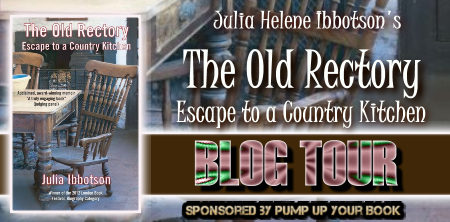

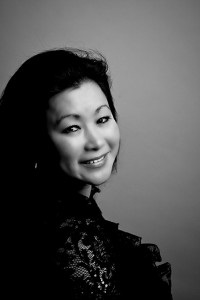 Just yesterday, I posted a review of the marvelously moody, spectacularly spine-tingling Morgan Hall, a modern gothic novel by Bo Briar. Ms. Briar was gracious enough to spend some of her writing time doing an emailed interview with me. I can tell she’d be a great person to share a mug of tea with while spinning stories on a rainy afternoon.
Just yesterday, I posted a review of the marvelously moody, spectacularly spine-tingling Morgan Hall, a modern gothic novel by Bo Briar. Ms. Briar was gracious enough to spend some of her writing time doing an emailed interview with me. I can tell she’d be a great person to share a mug of tea with while spinning stories on a rainy afternoon.